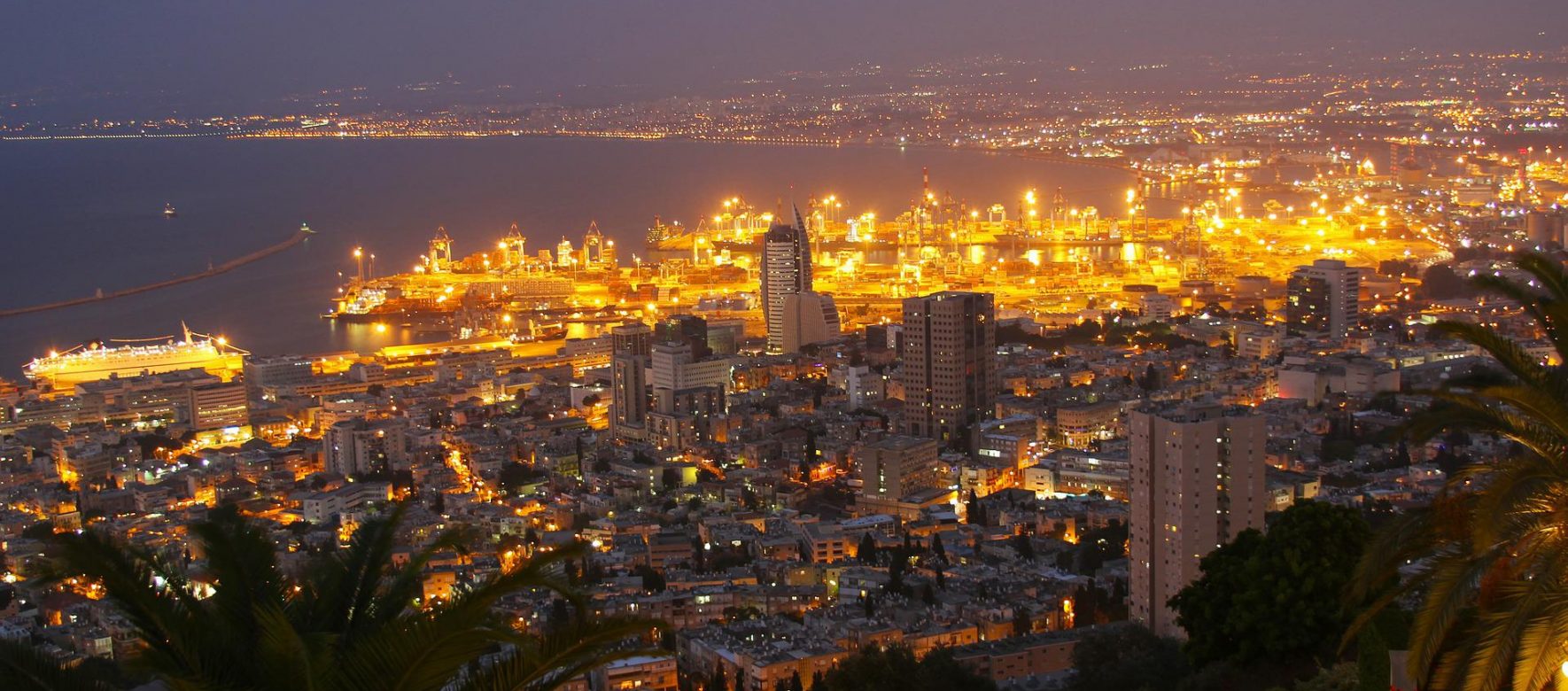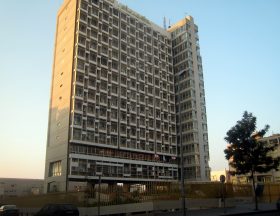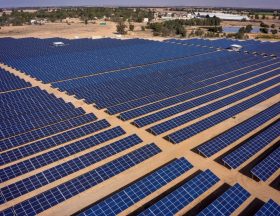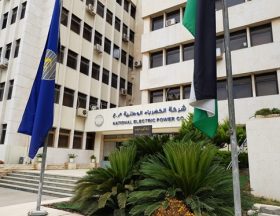Electricity demand in the Palestinian Territories has doubled in the past ten years and the Palestinian Energy Authority predicts that demand will continue to grow at the rate of 6% per year until 2030.
In Palestine, 90% of the energy consumed is imported.
With regard more specifically to electricity, more than 95% of the 6,000 GWh consumed come from outside, and 93.4% from Israel. This results in a high supply cost, beyond the strong dependence on the neighboring country. On average, Palestinian households allocate nearly 8.5% of their income to energy expenditure (gas and electricity).
The energy problem (lack of supply, obsolescence of the networks) slows down economic development and reinforces the social difficulties of the Palestinians. The situation is particularly critical in the Gaza Strip, where households only have access to 4 to 6 hours of electricity per day.
This constant imposes ambitious reforms, both in consumption patterns, which must ensure that they are more economical, and in domestic production, which has significant room for improvement, particularly in the field of renewable energies.
Indeed, less than 7% of the electricity consumed in the Palestinian Territories comes from renewable sources. However, with 3,000 hours of annual sunshine, the potential linked to photovoltaic electricity generation is particularly attractive. Accessibility is one of the prerequisites for an efficient energy network based on the exploitation of solar resources.
However, the main Palestinian towns and urbanized areas are interconnected by a relatively dense and high-quality road network. From the point of view of the geographical conditions, the photovoltaic installations are ideally located on a slightly sloping terrain, facing south and with few natural sources of pollution; requirements met both in the eastern and western parts of the West Bank and in the eastern part of the Gaza Strip.
To encourage the private sector to invest in renewable energy and energy efficiency projects, France has committed, via AFD, to the deployment of the Sunref tool. This line of credit (€25 million), set up jointly with the European Union (€8 million) in 2018, has strengthened the capacity of local banks to identify and finance green projects, while directly supporting more than 200 project leaders .
It demonstrated the existence of a market for green energies in Palestine; as well as a certain enthusiasm for them. Building on this success, a SUNREF II program was launched in 2022 with two major Palestinian banks, the Bank of Palestine (30 M USD) and the Cairo Amman Bank (25 M USD). The program also includes a grant from the European Union of €11.5 million, coupled with technical assistance for project promoters. It also aims to help Palestinian SMEs to improve their performance and develop in a difficult economic context.
In terms of impacts, the project is expected to contribute 55 GWh in renewable energy and 40 GWh in energy efficiency, and benefit 350 users – mostly Palestinian SMEs.
The Palestinian Authority is expected to adopt a new strategy for the development of solar energy later this year, as more and more Palestinian industrial companies are now making this choice. From the supply of equipment to project engineering, the renewable energy sector thus offers possibilities throughout Palestine, and contributes to the construction of energy independence and environmental awareness in the Territories.
Source Jerusalem Economic Service French Embassy











Réagissez à cet article